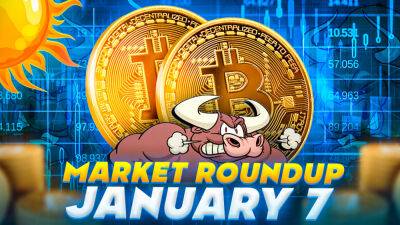What Paul Krugman gets wrong about crypto
In mid-November, as crypto markets reeled in the aftermath of FTX’s meltdown, Nobel Prize-winning economist Paul Krugman made use of his New York Times column to disparage crypto assets — again. Despite his unquestionable academic credentials, Krugman reiterated a common misunderstanding in his attempt to understand crypto assets — by conflating Bitcoin (BTC) with other cryptocurrencies.
Despite being the oldest, most valuable and most well-known member of this emerging class of digital assets, Bitcoin has a unique use case that differs widely from all others. Therefore, in order to understand this asset class as a whole, it would make more sense to choose as your starting point an asset with more tangible utility. Filecoin, for instance, provides storage for digital files in a similar vein to Google Drive or Dropbox, but in a decentralized manner. This network allows users with surplus storage to rent that capacity to other users in exchange for a fee. This fee is paid with the network's native token, also called Filecoin. This example is far more representative of most crypto assets: a network that provides financial incentives for services in a decentralized manner, with added efficiency and reduced costs as a result of its lack of intermediaries and central counterparties. Bitcoin, however, is different.
But what exactly is Bitcoin? This seems to be another blind spot in Paul Krugman’s comprehension. Bitcoin has evolved over time, both in regards to its technology, with updates and improvements to its functionalities, and its most prominent investment thesis. Krugman, according to his own column, perceives Bitcoin (and, it goes without saying, other crypto assets) as a means of payment. That was, in fact, the intended
Read more on cointelegraph.com























